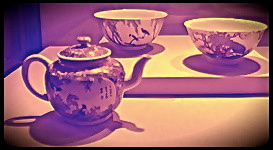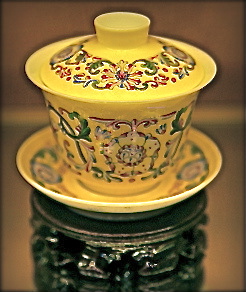✍️Wendy Brown, Lic. Ac.
Shuǐ 水
We are microcosms of the natural world, unfolding our human destiny on a beautiful blue planet where a mosaic of water nourishes and patterns life.
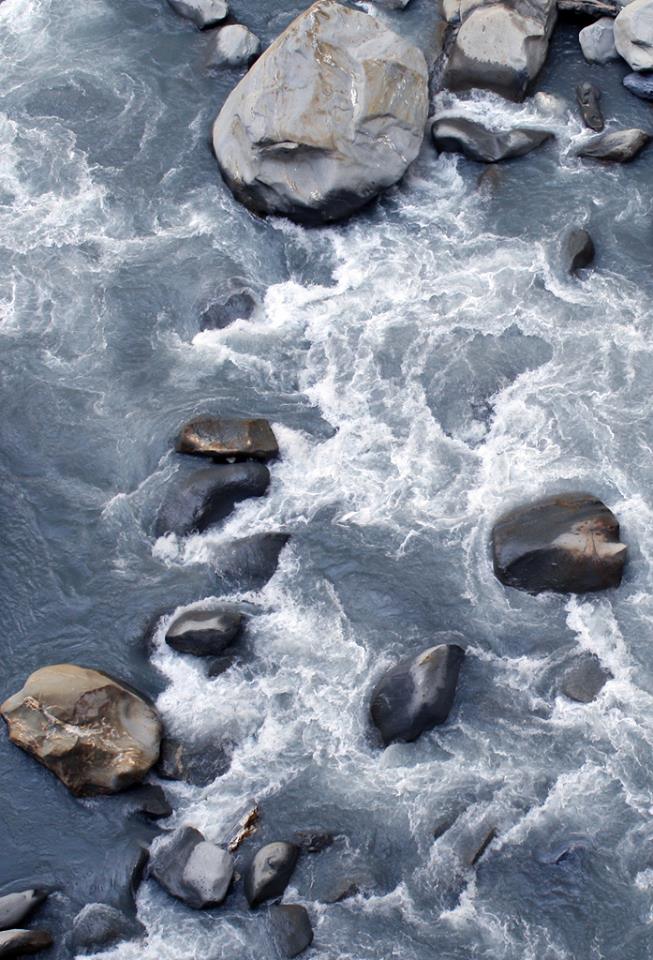 Attuned to nature’s rhythms and vibrations, in essence, we are one and the same.
Attuned to nature’s rhythms and vibrations, in essence, we are one and the same.
 Though this world seems stable and solid, nothing here is permanent; but like water, snow, and ice, life is always shifting and taking form.
Though this world seems stable and solid, nothing here is permanent; but like water, snow, and ice, life is always shifting and taking form.


 Winter is the time of energy storage and of hibernation. Through resonance of water in its contracted state, very subtle patterns can emerge to be sensed in this phase of inward vision.
Winter is the time of energy storage and of hibernation. Through resonance of water in its contracted state, very subtle patterns can emerge to be sensed in this phase of inward vision.
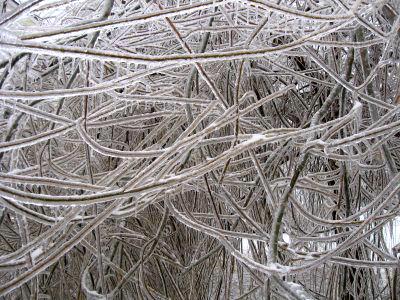 Ever-remembering that in a great storm the wise bird returns to her nest and waits patiently, surrendering to winter’s depths. Nature’s icy retreat instills hibernation and inner reflection.
Ever-remembering that in a great storm the wise bird returns to her nest and waits patiently, surrendering to winter’s depths. Nature’s icy retreat instills hibernation and inner reflection.
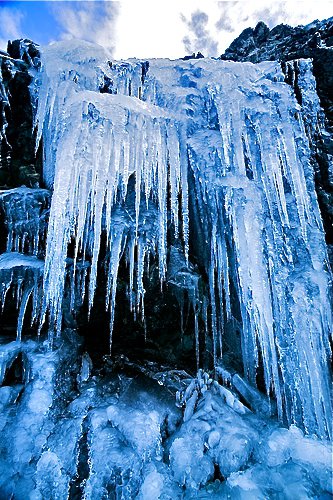 The water element is expressed in the season of winter which carries information of recharging and renewing.
The water element is expressed in the season of winter which carries information of recharging and renewing.
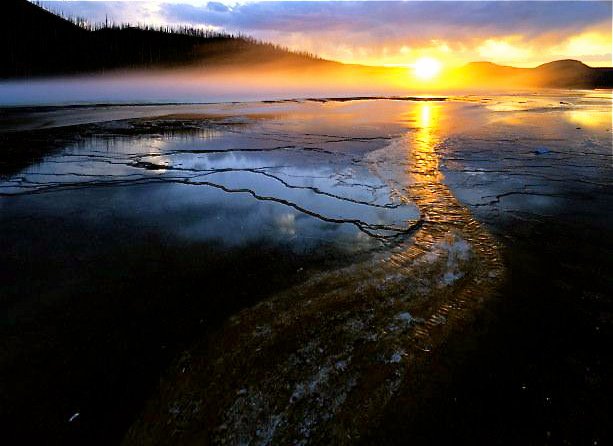 Reverently entering nature and observing the flow of streams, rivers, and waterfalls is, in itself, one of the natural remedies for a troubled mind. Water benefits the ten thousand things and yet does not compete with them. Water dwells in places the masses of people detest. People detest such places not because they are bad, but because they are unfamiliar; they are held back by fear of the unknown or thrust forward in fearful arrogance, in either manner not trusting in the Tao.
Reverently entering nature and observing the flow of streams, rivers, and waterfalls is, in itself, one of the natural remedies for a troubled mind. Water benefits the ten thousand things and yet does not compete with them. Water dwells in places the masses of people detest. People detest such places not because they are bad, but because they are unfamiliar; they are held back by fear of the unknown or thrust forward in fearful arrogance, in either manner not trusting in the Tao.
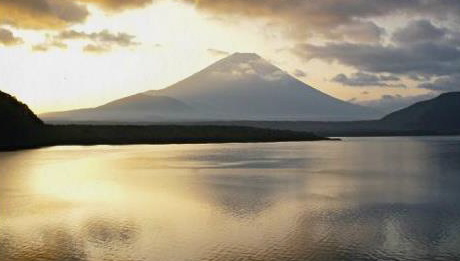
The emotion of fear ultimately causes difficulties. Learning to move gracefully around obstacles, like water does, is one of the aims of T’ai Chi.
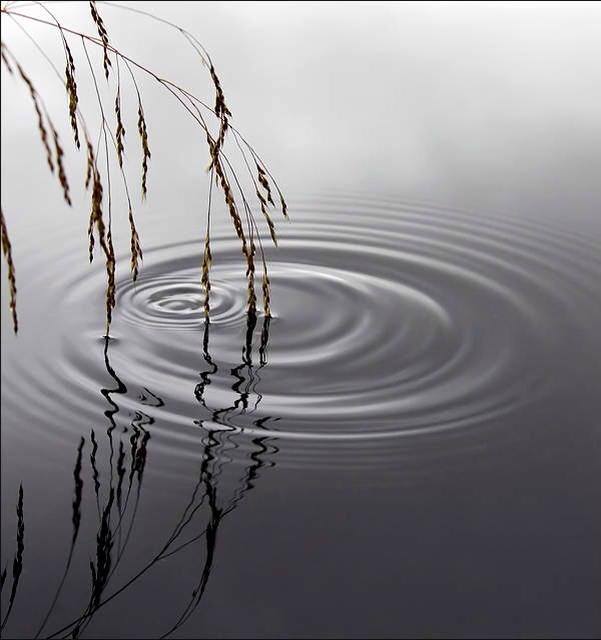
The flow of Tao, wherever it may go, leads one to unusual places, but places meant to be visited by those who have devoted themselves to the Way.
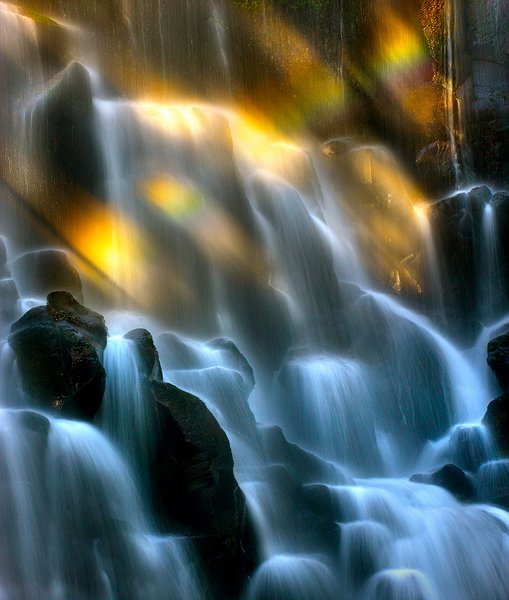 Life is a dream and we can dream new dreams.
Life is a dream and we can dream new dreams.

May all beneficent aspirations be fulfilled


